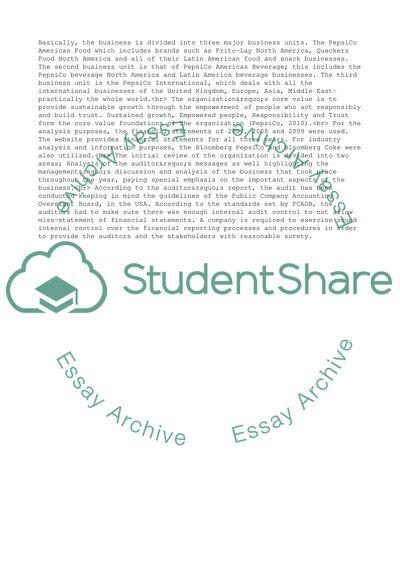Cite this document
(Financial and Managerial Accounting: PepsiCo Case Study, n.d.)
Financial and Managerial Accounting: PepsiCo Case Study. Retrieved from https://studentshare.org/business/1566715-financial-analysis-project
Financial and Managerial Accounting: PepsiCo Case Study. Retrieved from https://studentshare.org/business/1566715-financial-analysis-project
(Financial and Managerial Accounting: PepsiCo Case Study)
Financial and Managerial Accounting: PepsiCo Case Study. https://studentshare.org/business/1566715-financial-analysis-project.
Financial and Managerial Accounting: PepsiCo Case Study. https://studentshare.org/business/1566715-financial-analysis-project.
“Financial and Managerial Accounting: PepsiCo Case Study”, n.d. https://studentshare.org/business/1566715-financial-analysis-project.


